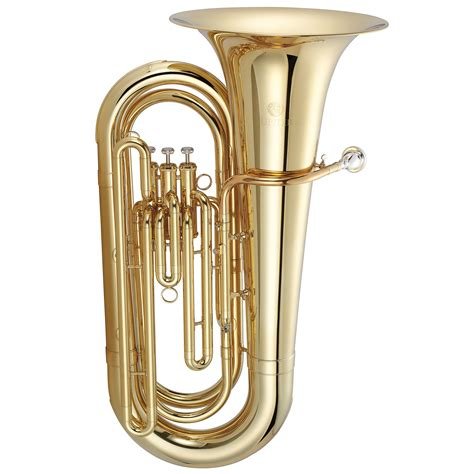"...New Orleans jazz never forgot that jazz is dance music and jazz is fun…."
-Trombone Shorty
The earliest style of jazz to develop in the United States was New Orleans jazz, also known as Dixieland jazz. This style typically featured a small ensemble or combo made up of both melodic and rhythmic instruments. The melodic frontline usually included a trumpet or cornet, clarinet, and trombone. Each instrument had a distinct role: the trumpet played the main melody, the clarinet provided rapid, ornamental lines above the melody, and the trombone filled in the harmony below, often using slides, growls, or smears to add expression.
The rhythm section varied but usually included some combination of banjo, guitar, piano, tuba, upright bass, and drum set. The banjo and guitar, common in blues and folk traditions, provided rhythmic strumming and harmonic support. The piano added both rhythmic drive and harmonic color, especially in indoor venues. The tuba or, later, the upright bass anchored the ensemble with a steady bass line, while the drums kept time and added syncopated fills and accents. As in ragtime, the rhythm section played a steady beat while the melodic instruments layered syncopated phrases on top, creating the swinging, forward-driving sound that became a musical hallmark of early jazz.
The instrumentation of New Orleans jazz developed from a mix of cultural and musical traditions. The brass instruments, trumpet, trombone, and tuba, originated from marching band music, which was closely tied to military and civic parades in New Orleans. The banjo and guitar were linked to rural blues and folk traditions, while the piano was common in middle-class homes and used in both classical and popular music.
The clarinet, however, entered the jazz ensemble through a different route. It came from the orchestral tradition, and many early New Orleans jazz clarinetists were Creoles of color, musicians of mixed French and African heritage. In the 19th century, Creoles of color often had legal status similar to whites, allowing them to receive formal musical training and perform in theaters and professional orchestras. This changed after the Supreme Court’s 1896 Plessy v. Ferguson decision, which upheld “separate but equal” segregation laws. Following this ruling, Creoles of color faced Jim Crow restrictions and were pushed out of classical venues. Many began performing alongside Black musicians in jazz settings, bringing their classical training and technical skills to the emerging genre. Their involvement helped introduce the clarinet into the New Orleans jazz ensemble.
This convergence of traditions, including marching bands, blues, opera houses, and street parades, gave New Orleans jazz its distinctive character. The music was collaborative, improvisational, and deeply rooted in both African American musical heritage and the cultural diversity of the city. It laid the foundation for jazz’s development throughout the twentieth century.
Most of the earliest jazz compositions were based on the 12-bar blues form, a fundamental structure in African American music discussed in previous chapters. To recap, the 12-bar blues consists of 12 measures and follows a predictable harmonic progression using the I, IV, and V chords of a key. Its lyrics typically follow an AAB pattern and repeat in multiple cycles throughout a song. In jazz, each repetition of the 12-bar form is called a chorus. This term differs from the “chorus” or refrain in popular songs; in jazz, a chorus refers to one full cycle of the form, during which a musician may play the melody, improvise a solo, or interact musically with other ensemble members.
The expressive techniques employed by early jazz musicians drew directly from the blues tradition. Just as blues vocalists used blue notes, instrumentalists developed creative methods to mimic these sounds on their instruments. Jazz players bent, smeared, slurred, and slid between pitches, exploring the textural possibilities their instruments offered. Some added vibrato or shakes on sustained notes to heighten urgency or drama. Others used plungers, mutes, or even vocal sounds such as humming or growling into their instruments to alter tone color and expand the timbral range of their performances. This focus on timbre and tone color became a defining feature of New Orleans jazz, setting it apart from the more rigid classical and military band traditions.
One vocal technique that became especially prominent in New Orleans jazz was scat singing, where singers use nonsense syllables instead of lyrics to imitate the sound of instruments. This style allowed vocalists to participate in the same kind of improvisational dialogue as instrumentalists, offering freedom to play with rhythm, pitch, and phrasing in real time. While scat singing has roots in earlier African American vocal traditions, Louis Armstrong is often credited with popularizing the technique and shaping it into a central component of jazz singing. His improvisations demonstrated that the human voice could be as expressive and flexible as any instrument.





